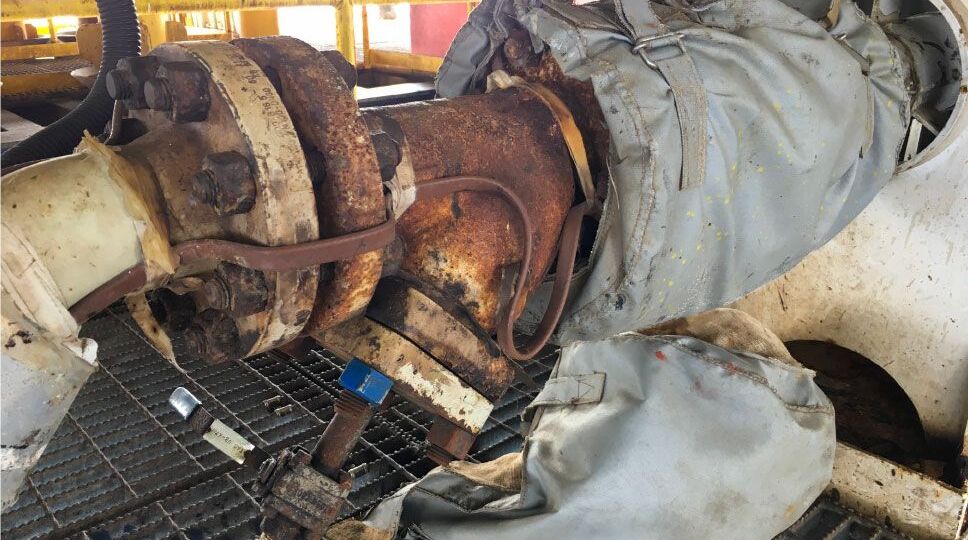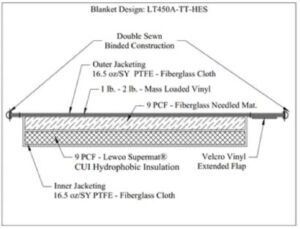Corrosion under insulation is a serious matter impacting the process piping industry. Corrosion under insulation, or CUI, is the chemical reaction of carbon-based metals subject to prolonged exposure to water and moisture, which can become trapped under insulation materials that retain water. Typically, it’s an outdoor condition impacting metal piping, fittings and equipment. The result is a premature failure of systems that can exponentially increase expenditures for plant maintenance and become an ongoing logistical challenge to detect. The corrosion is most commonly galvanic, chloride, acidic or alkaline. If undetected, CUI can lead to shutting down the process unit or facility and, in many cases, a safety incident. CUI on piping accounts for 40 to 60 percent of all maintenance costs on pipe systems and 10 percent of all maintenance costs.
Considerations for a viable solution include: An insulation material that is flexible, breathable and corrosion resistant. For example, hydrophobic-rated insulation material resist water absorption, fungus and generate thermal conductivity; it eliminates floating dust and has a high density to absorb sound. The combination of these characteristics makes for a single, self-contained and ideal solution.
With a self-contained thermal acoustic blanket system with hydrophobic characteristics, a customer can prevent CUI. The blanket design’s key factor is separating water and moisture from the surface, which is a hallmark of the Shannon Acoustic Blanket Insulation LT450A-TT-HS and LT450A-TT-HES. To achieve a maximum weather barrier, an insulation blanket system must include a double sewn and binding-edge construction, an integral fastener, extended fabric flaps on closure seams and a CAD-shaped and contoured profile to match the component’s surface condition. For outdoor applications, blanket materials should be UV-rated to stave off deterioration due to sunlight. Adhering to these critical, design elements assures a positive outcome for customers.
With these designs in mind, a customer can remove an insulation blanket and inspect surface conditions at any time. If manufactured and designed correctly, thermal acoustic blanket insulation allows mechanics to easily and quickly access components for service, inspection and repair. For instance, a blanket design with integral fasteners that are simple to open and close gives a mechanic access without needing wires or banding or tools. For blanket systems in environments below 450 degrees Fahrenheit (232 degrees Celsius), designs should incorporate a Velcro® vinyl extended flap to improve thermal-acoustic performance but also assure a weather tight, locking seam closure. To prevent corrosion under insulation, blanket systems should also include a low-point closure seam or a low-point drain grommet to expel damaging water or effluent.


